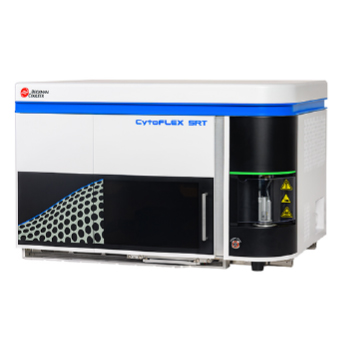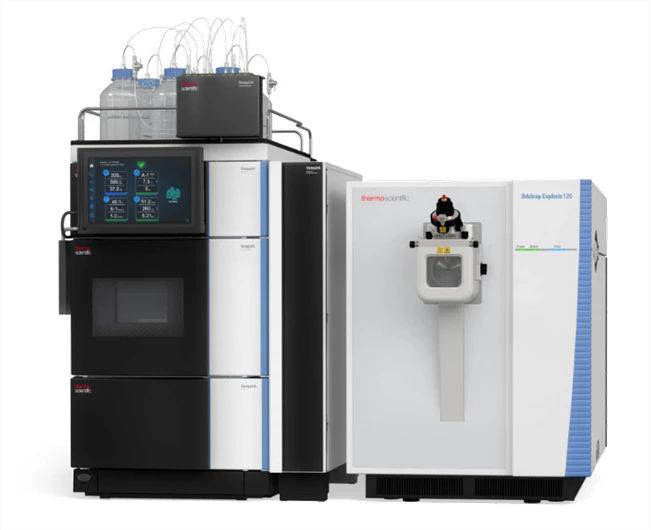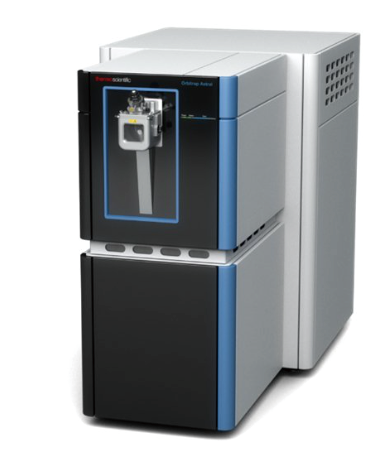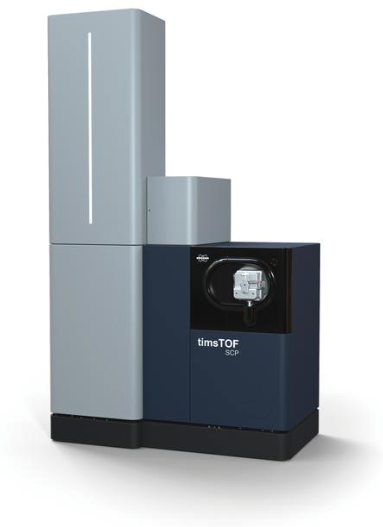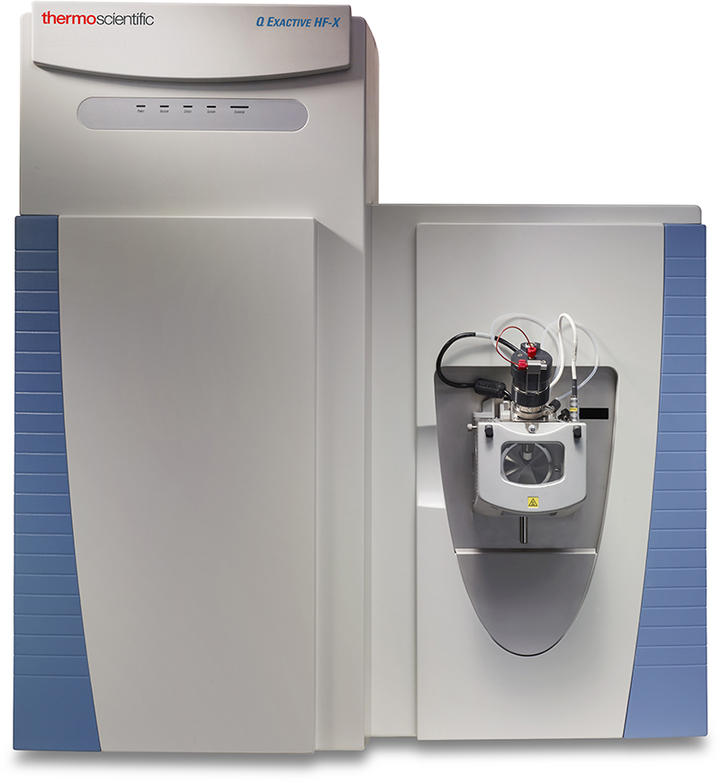Abstract
Background: Highly diversified in morphology and structure, feathers have evolved into various forms. Frizzle feathers, which result from a developmental defect of the feather, are observed in several domestic chicken breeds. The frizzle phenotype is consistent with incomplete dominance of a major gene, but the molecular mechanisms that underlie this phenotype remain obscure. Kirin, a Chinese indigenous chicken breed that originated in the Guangdong province, is famous for its frizzle feathers. The KRT75 gene is considered as the dominant gene responsible for the frizzle trait in several chicken breeds, but this is not the case in the Kirin breed. Thus, the objective of our study was to investigate the genomic region and mutation responsible for this phenotype in this particular breed.Results: A resource population was produced by crossing Kirin and Huaixiang chickens to produce F1 and F2 gen-erations. DNA samples from 75 frizzle feather and normal feather individuals were sequenced with double-digest genotyping by sequencing (dd-GBS). After the detection of 525,561 high-quality variants, a genome-wide association
analysis was carried out and the gene responsible for the frizzle phenotype was localized within the type II α-keratin cluster on chromosome 33. Sanger sequencing was used to screen for mutations in the exons of five genes of this type II α-keratin cluster. A 15-bp deletion in exon 3 of KRT75L4 that showed complete segregation with the frizzle phe-notype was detected within the F2 population. Transcriptome sequencing demonstrated that KRT75L4 was expressed but that the transcript was shorter in Kirin than in Huaixiang chickens. In addition, by using Sanger sequencing, we were able to confirm that the deletion was in complete linkage with frizzle feathers.Conclusions: A deletion in the KRT75L4 gene is responsible for the frizzle feather phenotype in the Kirin chicken. The identification of this mutation, which causes a developmental defect of avian integument appendages, will improve our understanding of the mechanisms that are involved in feather formation.
text link :https://gsejournal.biomedcentral.com/articles/10.1186/s12711-018-0441-7














